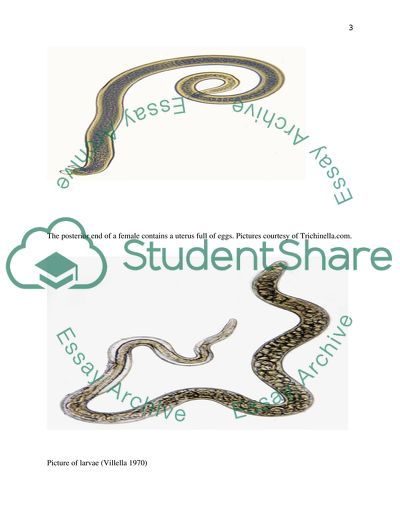Cite this document
(“Proposal-determine if the cell cycle proteins are expressed at Essay”, n.d.)
Proposal-determine if the cell cycle proteins are expressed at Essay. Retrieved from https://studentshare.org/miscellaneous/1681929-proposal-determine-if-the-cell-cycle-proteins-are-expressed-at-different-stages-of-nurse-cell-development-in-trichinella-spires-infected-muscle
Proposal-determine if the cell cycle proteins are expressed at Essay. Retrieved from https://studentshare.org/miscellaneous/1681929-proposal-determine-if-the-cell-cycle-proteins-are-expressed-at-different-stages-of-nurse-cell-development-in-trichinella-spires-infected-muscle
(Proposal-Determine If the Cell Cycle Proteins Are Expressed at Essay)
Proposal-Determine If the Cell Cycle Proteins Are Expressed at Essay. https://studentshare.org/miscellaneous/1681929-proposal-determine-if-the-cell-cycle-proteins-are-expressed-at-different-stages-of-nurse-cell-development-in-trichinella-spires-infected-muscle.
Proposal-Determine If the Cell Cycle Proteins Are Expressed at Essay. https://studentshare.org/miscellaneous/1681929-proposal-determine-if-the-cell-cycle-proteins-are-expressed-at-different-stages-of-nurse-cell-development-in-trichinella-spires-infected-muscle.
“Proposal-Determine If the Cell Cycle Proteins Are Expressed at Essay”, n.d. https://studentshare.org/miscellaneous/1681929-proposal-determine-if-the-cell-cycle-proteins-are-expressed-at-different-stages-of-nurse-cell-development-in-trichinella-spires-infected-muscle.


